They’re like fast food for ears – quick and easy, but not quite satisfying enough.
Apple’s AirPods have become the earbuds of choice for millions thanks to their sleek design, easy connectivity, and impressive features. However, there’s one group that remains unimpressed: audiophiles.
This listicle explains the top reasons why audiophiles just can’t get behind the AirPods hype.
1. Controversial Tuning
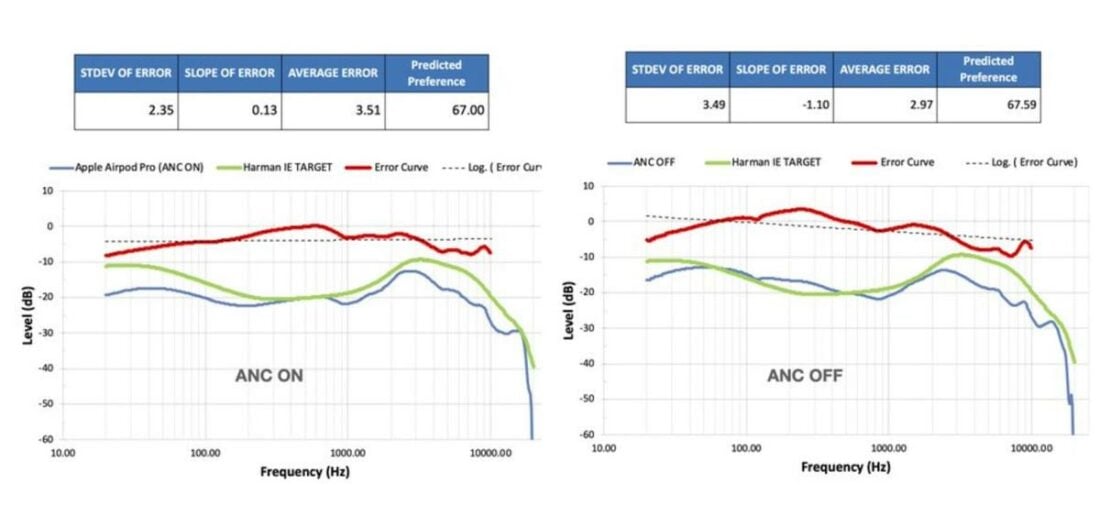
Apple’s tuning choices for the AirPods have raised eyebrows among audiophiles.
Audiophiles prefer a more balanced and faithful representation of the original recording. They want a sound that captures the details of the music without artificially emphasizing any frequency range.
Unfortunately, this is something the AirPods struggle to deliver.
The AirPods Max, in particular, have a warm and slightly V-shaped sound, with a significant emphasis on sub-bass and sharp treble. While this kind of tuning might attract general consumers, audiophiles see it as neither neutral nor precise.
The exaggerated low and high frequencies can lead to a tiring and unnatural listening experience.
For example, the treble has a prominent peak around 9kHz. They also have extra spikes in the upper treble region. Combined, this can cause listener fatigue. The grainy and compressed quality of the treble resonances also detract from the overall sound quality.
2. Too Much DSP
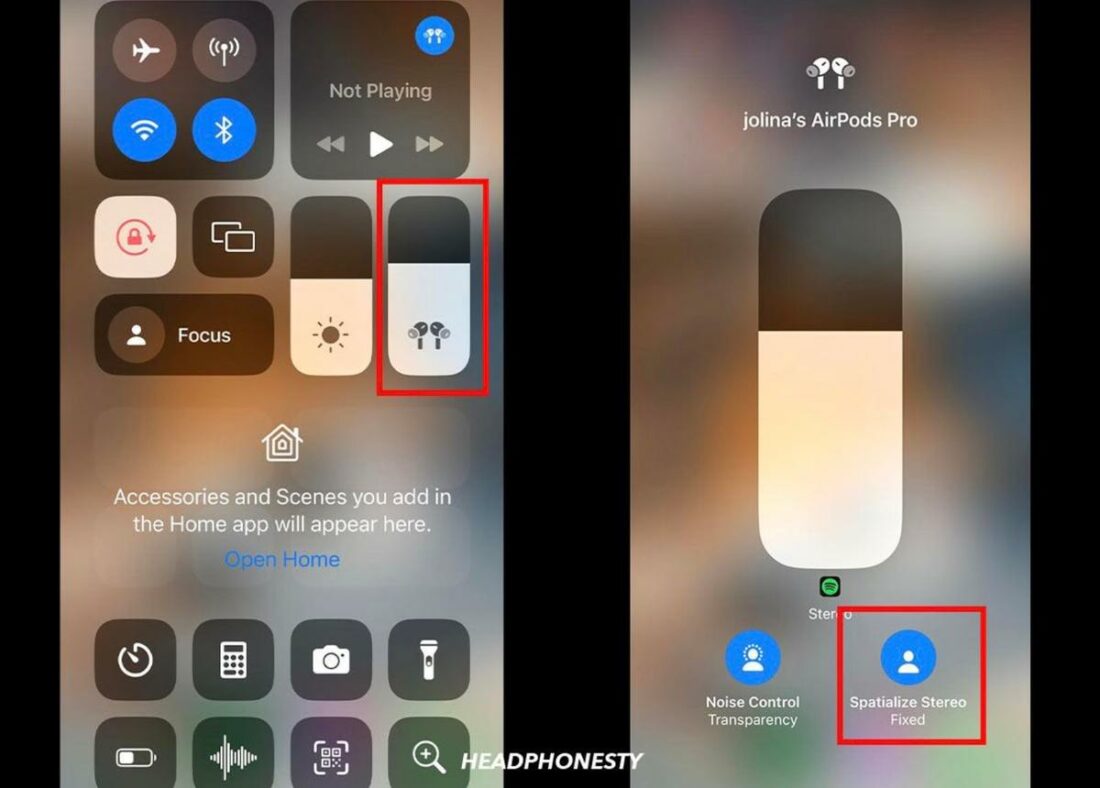
Instead of investing in high-quality drivers and pure analog amplification, Apple uses software techniques to simulate a better soundstage and dynamics.
One example of this is the Spatial Audio feature, which aims to provide a more immersive and realistic listening experience.
Although it provides a sense of space and localization that surpasses many of its rivals, it makes the sound a bit too processed and synthetic. The music loses its natural tone and appears overly controlled, taking away from the pure listening experience.
For those who prioritize unaltered audio reproduction, this heavy reliance on DSP is a major flaw. They argue that true audio quality comes from expertly designed hardware, not from algorithms and digital tweaking.
3. Ecosystem Limitations
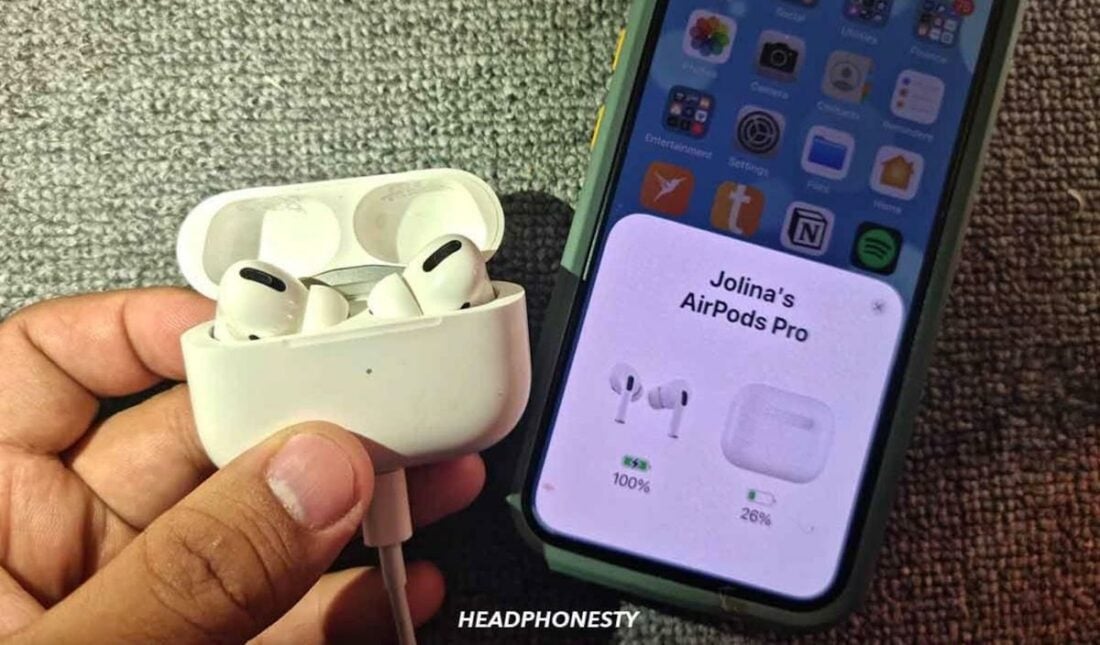
The AirPods are deeply tied to Apple’s walled garden. Features like Spatial Audio and seamless device switching are only available on Apple devices. So, Android and Windows users are left out in the cold.
Being stuck with AAC and SBC codecs is also a bitter pill to swallow for those who demand the best possible wireless audio experience.
The AirPods don’t support high-resolution Bluetooth codecs like aptX HD and LDAC. This means AirPods cannot transmit high-resolution audio files without compressing them and losing fidelity.
Another glaring omission is the lack of analog input on the AirPods Max.
While most competing high-end wireless headphones offer a 3.5mm jack for wired listening, Apple has chosen to skip this feature entirely. This choice limits the AirPods Max’s compatibility with audiophile-grade sources and amplifiers, further alienating them from the audiophile community.
4. Comfort? What Comfort?
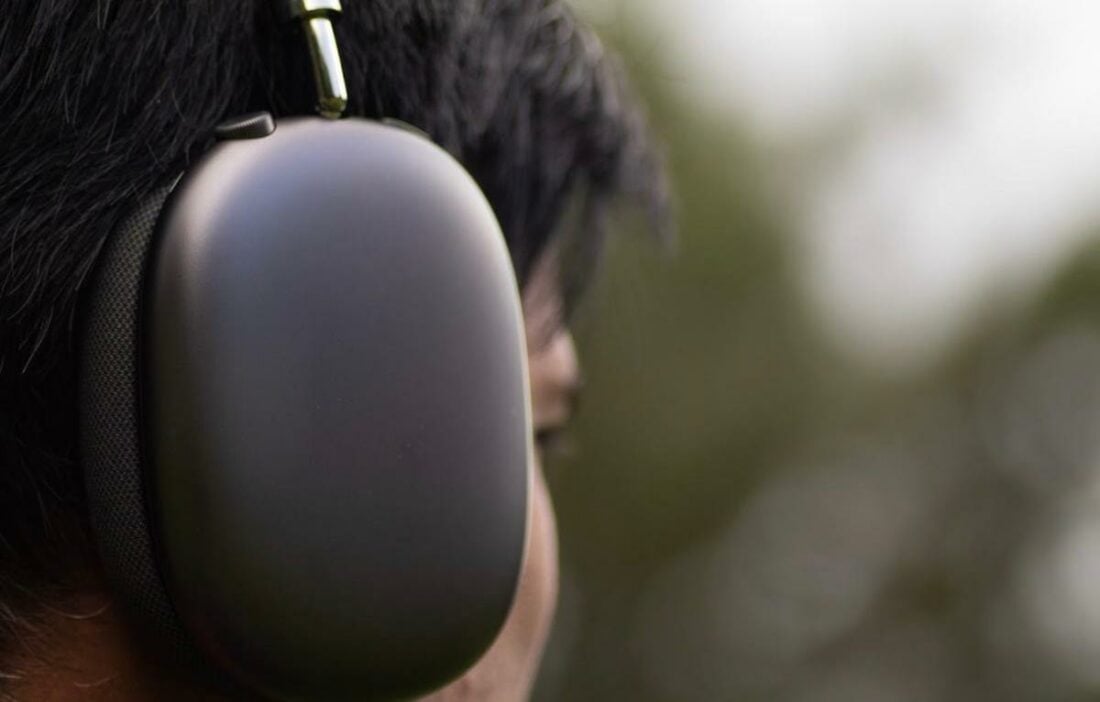
When it comes to the AirPods Max, comfort is a big point of contention.
At 385 grams, these headphones are quite heavy, which can cause fatigue during long listening sessions. They also have a strong clamping force from the headband that puts extra pressure on the jaw and temples.
The choice of materials for the earcups is also questionable.
The mesh fabric, while breathable, can feel scratchy and irritating against the skin. And, the earpads, although easily removable due to their magnetic design, are prone to collecting dirt and grime over time. This not only compromises the headphones’ appearance but also raises concerns regarding hygiene and longevity.
These compromises in comfort can prevent audiophiles from fully engaging with their music. Long critical listening sessions become a test of endurance rather than a pleasurable experience.
5. Repairability Nightmare
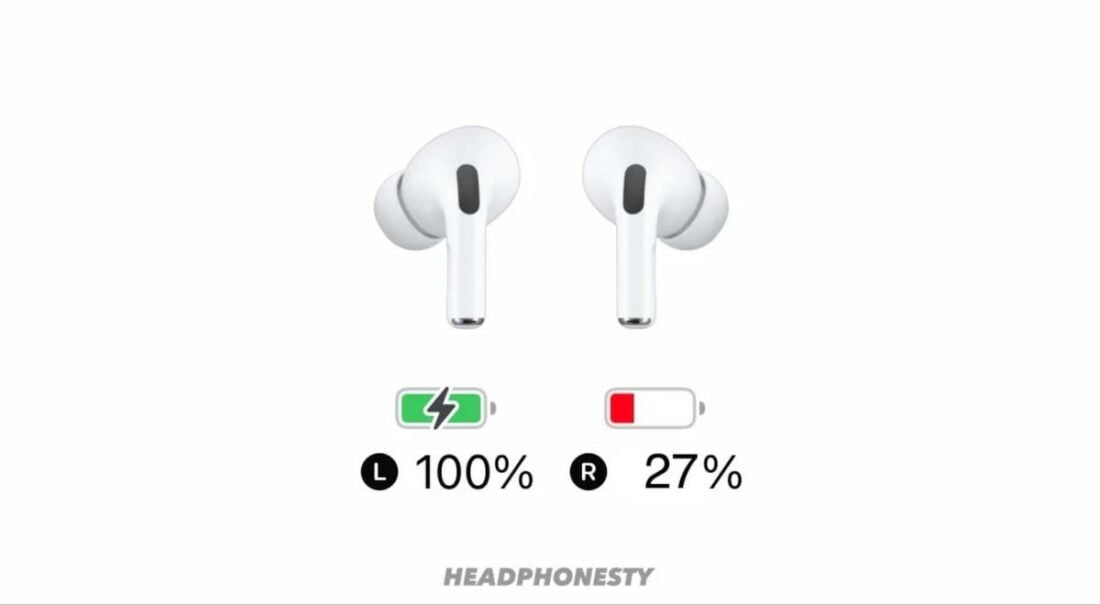
AirPods are extremely hard, if not impossible, to repair.
Their compact design and extensive use of adhesive make it challenging to get to the internal parts without causing harm. Even something as simple as replacing the battery requires special tools and expertise.
The design of the AirPods, especially the earbuds, makes them vulnerable to damage during disassembly attempts.
As soon as the housing is opened, the internal parts are in danger of instant destruction. This lack of repairability forces users to replace their AirPods entirely when issues arise.
In the not-so-long run, AirPods just contribute to electronic waste and environmental concerns.
What’s worse is that AirPods’ batteries aren’t made for long-term use. Each charging cycle slightly decreases the lithium-ion battery’s capacity. So, they hold less charge over time.
AirPods also easily attract dirt and debris, which can severely affect their delicate internal parts. This can cause problems such as crackling sounds, distortion, and even complete failure.
This “planned obsolescence” goes against the audiophile value of treasuring high-quality audio equipment for many years. Audiophiles invest in gear that can be serviced, upgraded, and enjoyed for decades, not disposable devices with an expiration date.
6. Bang for Your Buck… or Lack Thereof
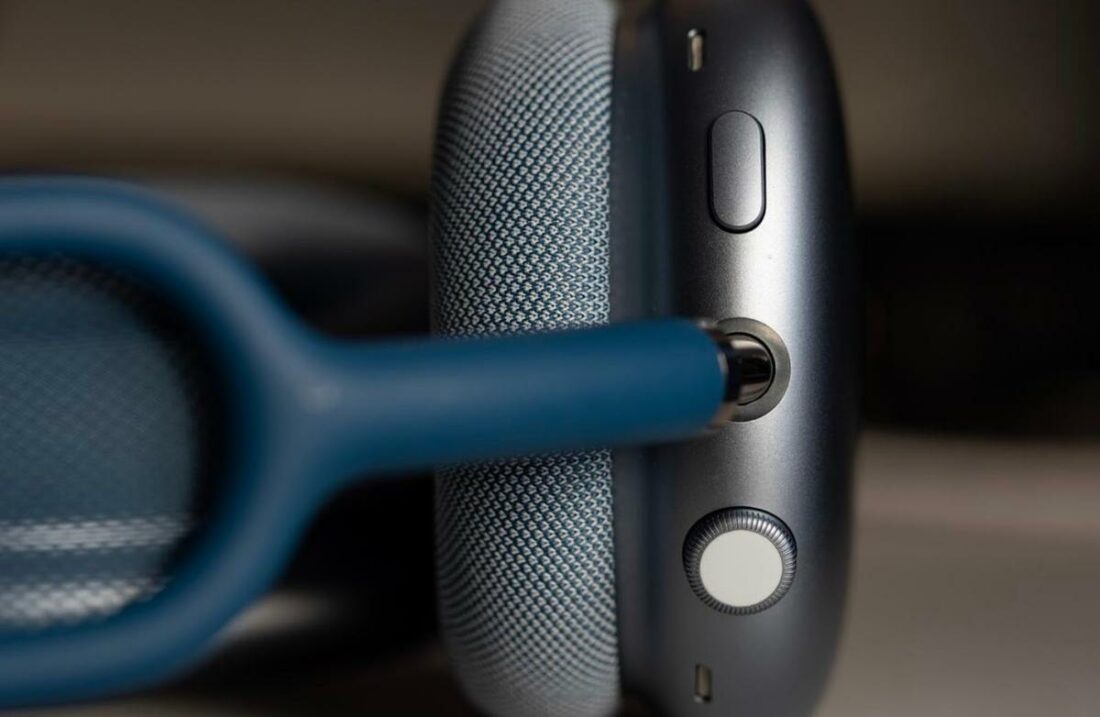
Audiophiles are willing to invest in expensive gear, but they expect a matching level of performance out of these.
When evaluating the overall package – sound, features, build quality, and comfort – the AirPods simply don’t offer enough bang for the buck compared to other options in the market.
For instance, considering the AirPods Max are priced at $549, there are a lot of better-sounding headphones at a fraction of the AirPods’ cost.
One of these are the Sennheiser HD 600, which costs about $400. These headphones deliver a level of detail, clarity, and soundstage far beyond what the AirPods Max can offer.
For many audiophiles, the premium price seems to be more a reflection of the Apple brand and the convenience of seamless integration with Apple devices rather than a true representation of their performance.
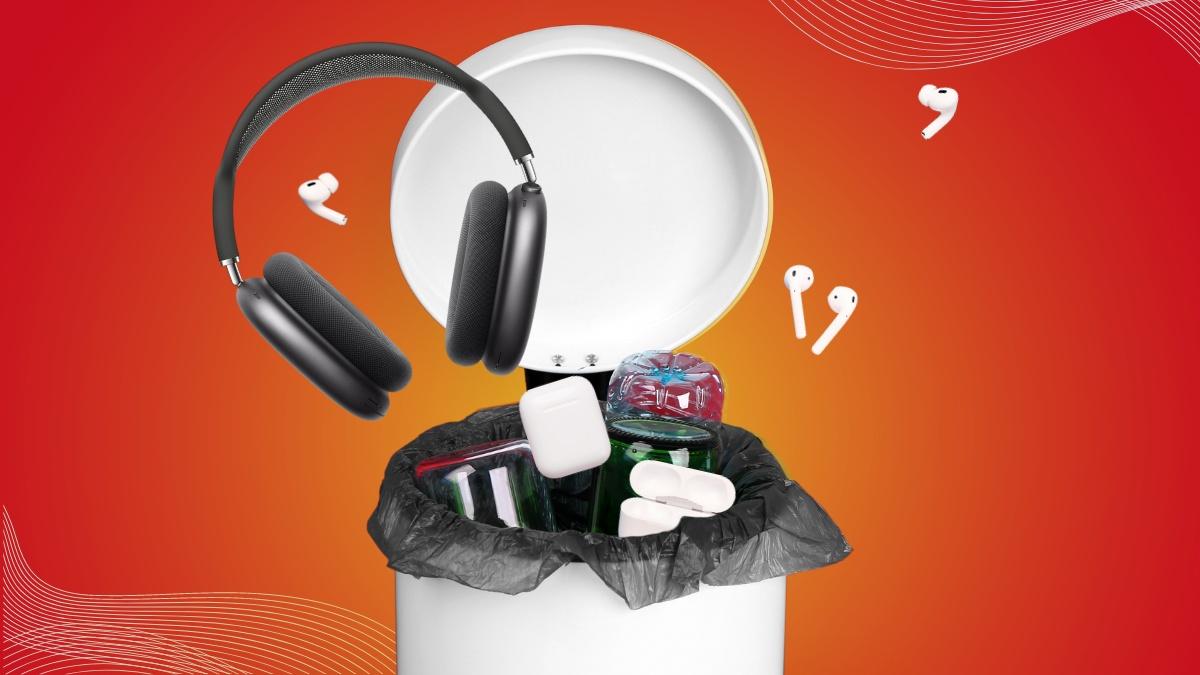
I own the Susvara and Focal Utopia headphones and love the Airpods Pro 2 for non-critical listening. Product design is fantastic, and I found them musical and very enjoyable. The secret to making them sound nice is to play with the “headphones accommodation” option in iOS.
I can’t say the same for the Airpods Max which sound like a digital mess to me.